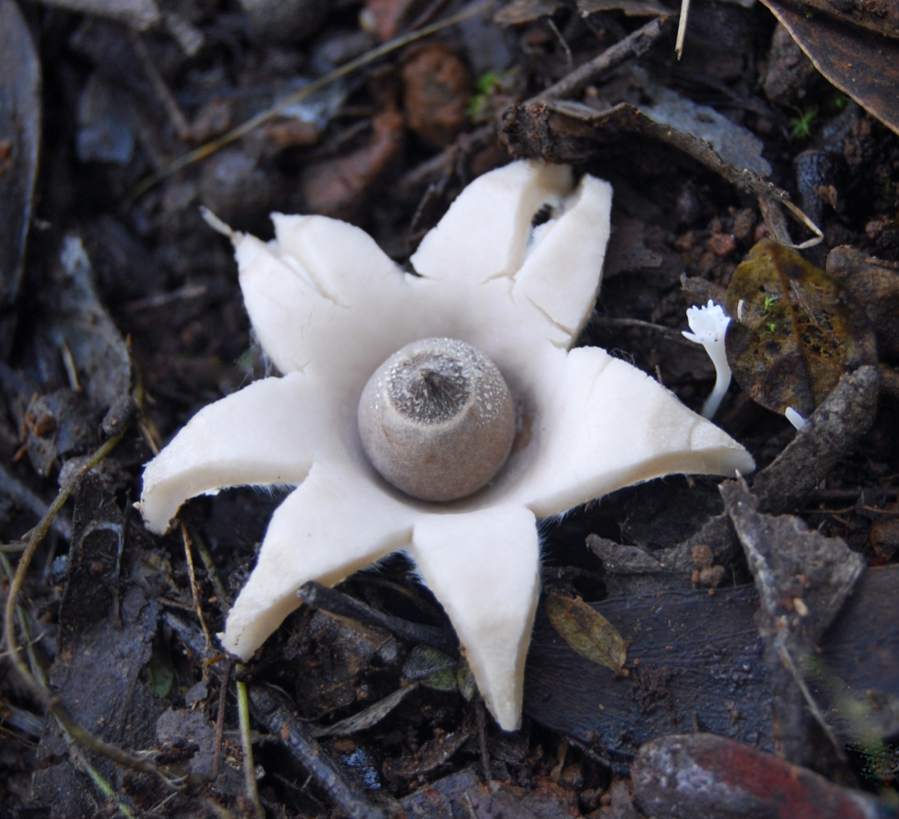To celebrate 25 years of Friends of the Box-Ironbark Forest we are planning an exhibition at the Newstead Arts Hub, 25 February to 13 March 2023. There will be a new photo show; geology exhibits; children’s art; and posters; pamphlets and photos about FOBIF’s history.
This time we won’t have a single theme for the photo show. Instead we would like people to send an image/s which shows something about the local natural environment that they find interesting or special in some way. Photos can includes landscapes and all local fauna and flora. Also we would like participants to write a short piece (100-300) words) explaining the choice.
Joy Clusker has sent a a fungi image with accompanying text as an example.

Earthstar Geastrum triplex
Mount Alexander is wonderful on an autumn morning, midweek you can have the place to yourself. The mist hangs around till lunchtime, casting a mysterious veil over everything. In the silence all you can hear is water dripping from the trees, and calls from the Sulphur Crested Cockatoos. Then from out of the gloom is a shine from a perfect Earthstar, Geastrum triplex, still dusted with water droplets, contrasting with the dark forest floor. A fleeting occurrence witnessed by few, busy working on its purpose to consume the substrate and reproduce itself.
So if you have a favourite photo/s of the bush in our region send them along to FOBIF (info@fobif.org.au) with a description. There is plenty of time to take new photos: the closing date for the submission of photos is not till 1 February 2023. You can send a small file for display on the website but you will need to send a second large file for printing by 1 February.
We will place all photos in a designated page on the FOBIF site. A FOBIF sub-committee will then select approximately 15 photos to be printed and framed for the exhibition. The text will be printed and displayed next to the photo. Photos will be for sale with proceeds used to cover costs.
If your photo is selected, as well as being included in the exhibition, you will receive a free copy of your photo.
Ring Bronwyn Silver 044875111 for more information.




 Click on image for info/order page
Click on image for info/order page Click on image for info/order page
Click on image for info/order page Click on image for info/order page
Click on image for info/order page




















